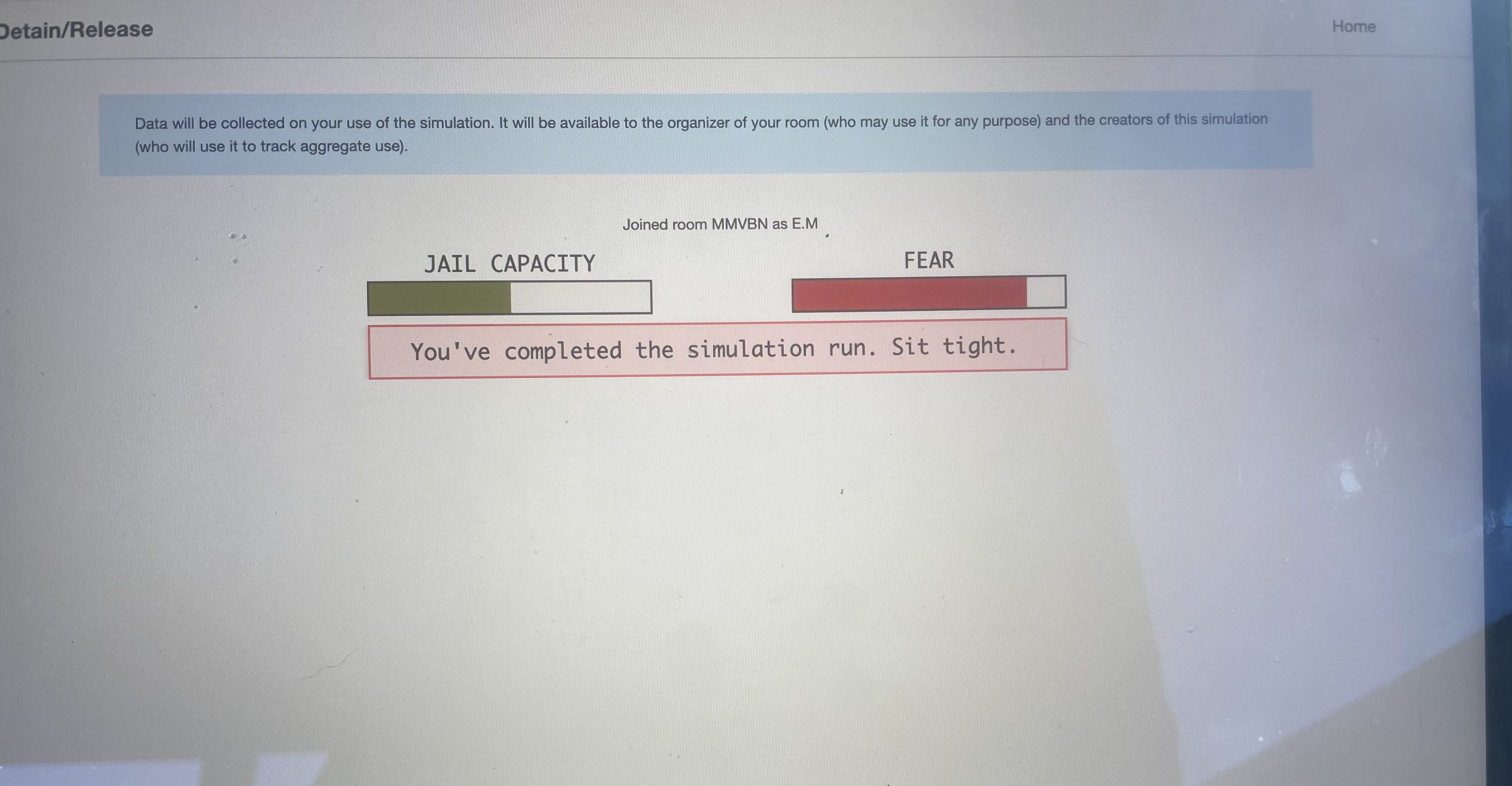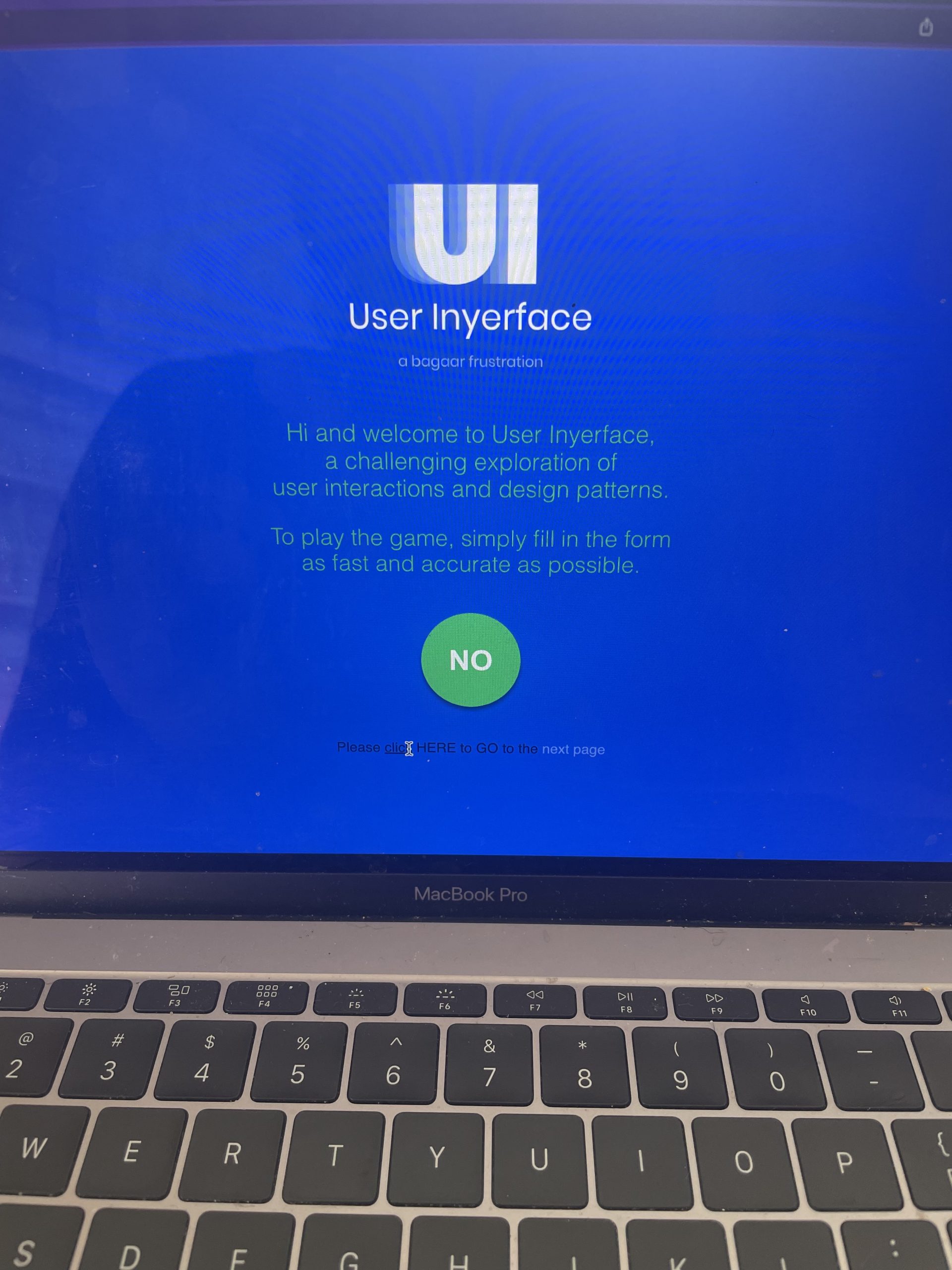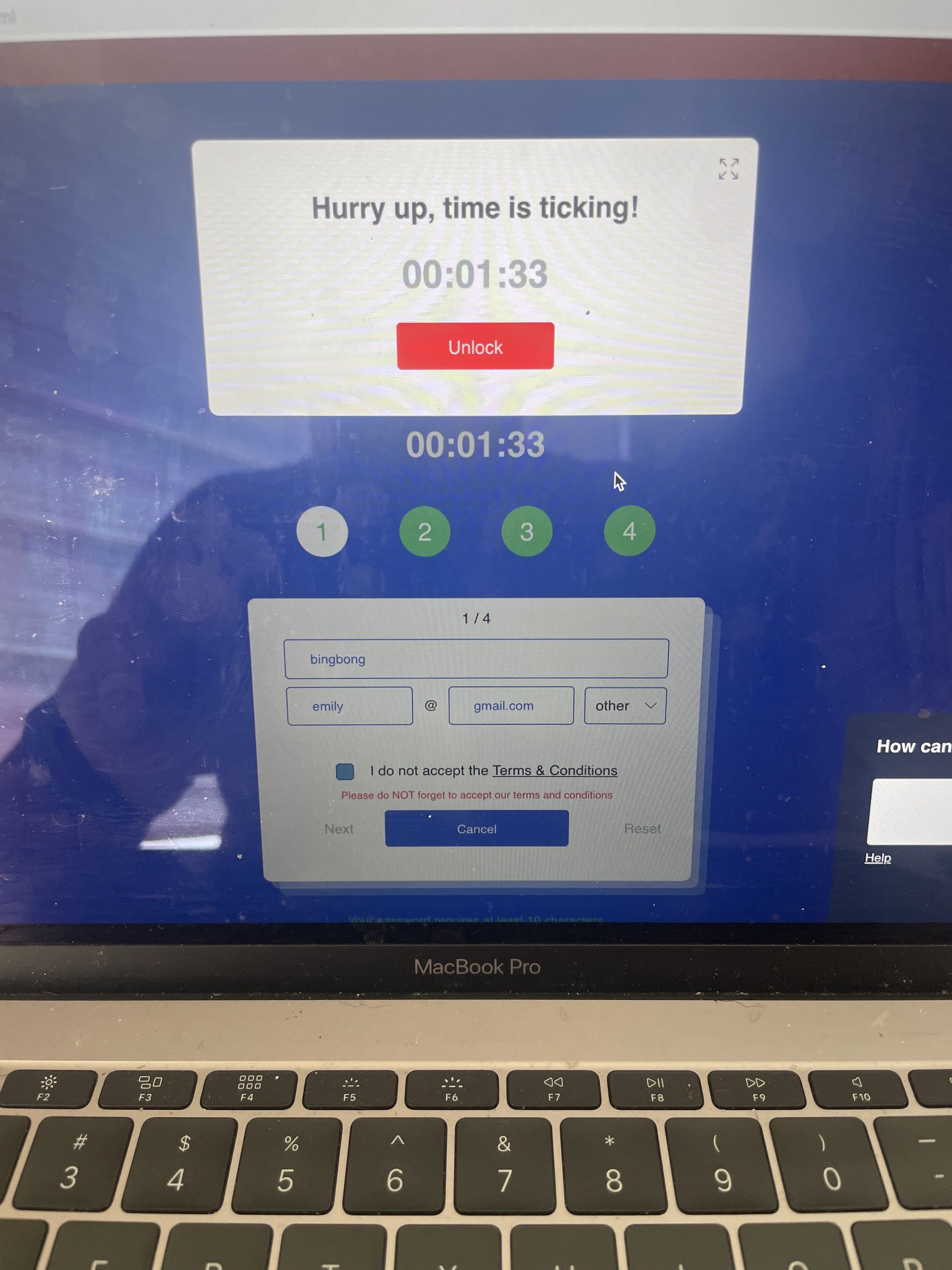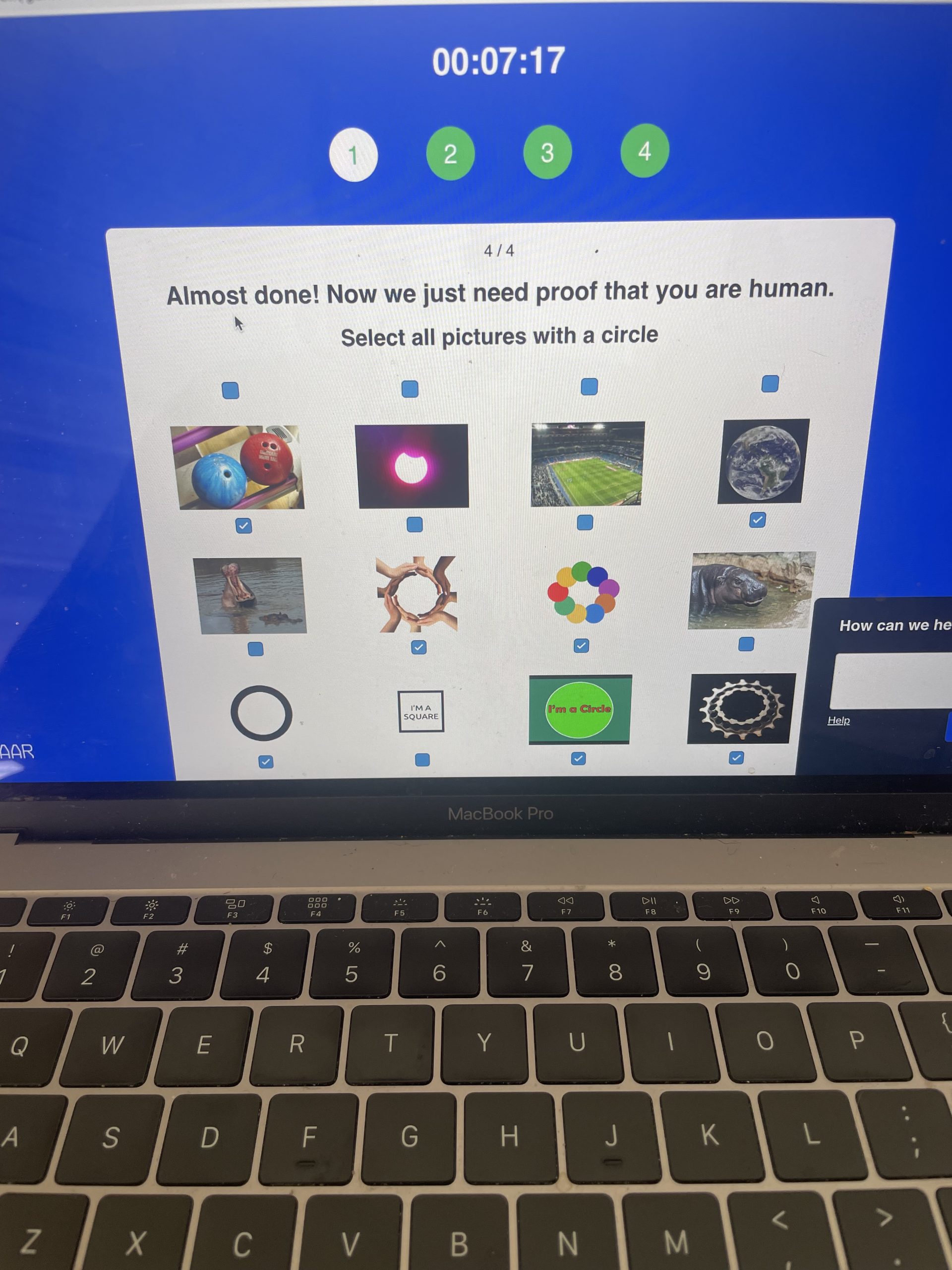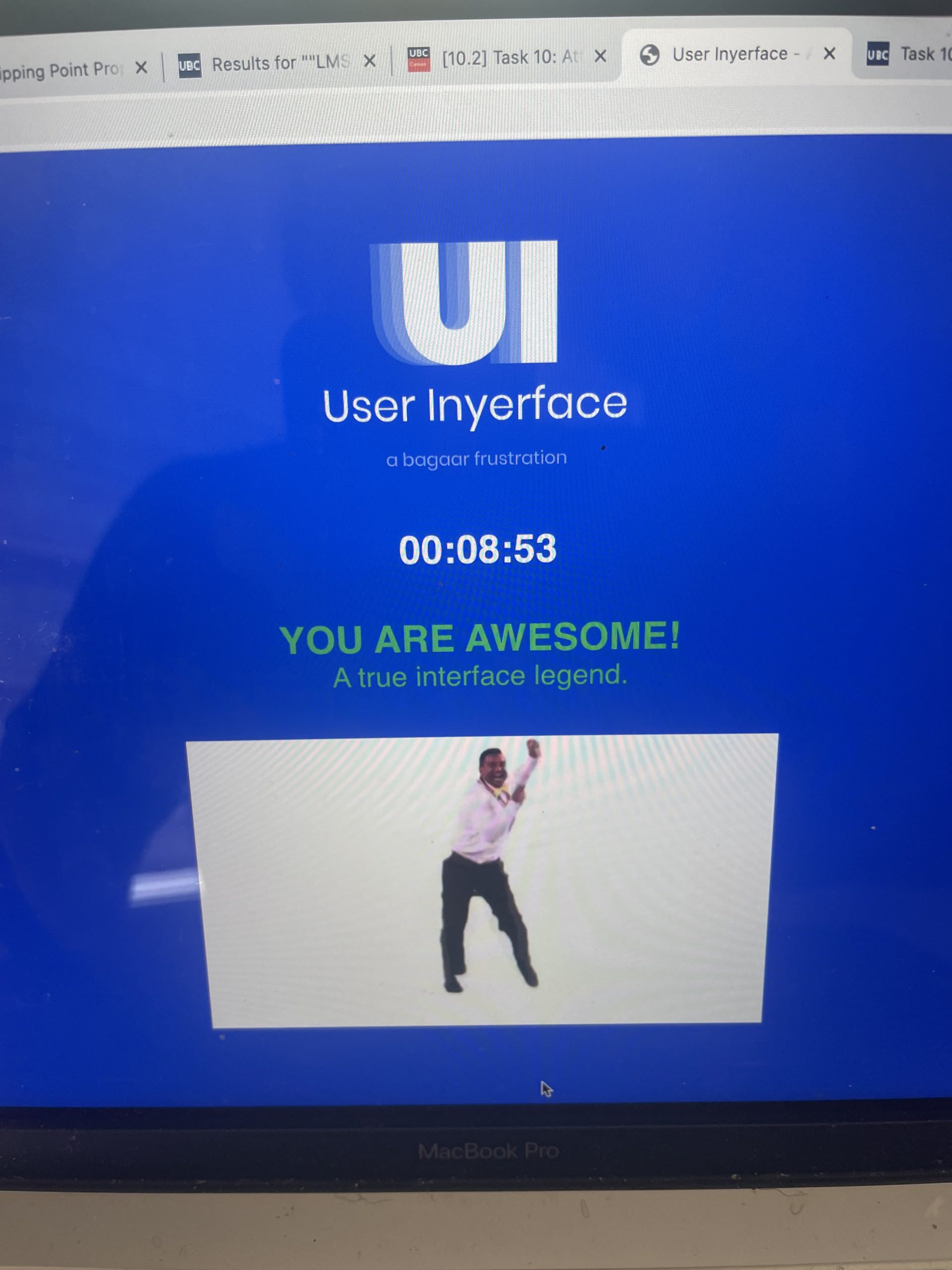Speculative Futures
Utopian

Photo by Zac Durant on Unsplash
The year is 2052 and many advancements in AI have been used to improve student education, as well as the work-life balance for teachers.
In 2052 students have access to virtual assistants throughout their school day. These virtual assistants are used for activities such as guiding student research, scheduling student’s calendars and answering factual basic informational questions, allowing students to dig deeper into a topic to analyze, evaluate and create new products and ideas.
In addition to virtual assistants, students also have access to social robots. These robots are excellent support systems for students who are struggling socially, students who can not attend school for an extended period of time or are struggling with depression and/or anxiety. Not only are these robots able to provide much needed friendship for these students, they are also able to practice social skills with the students or work on developing empathy.
Finally, students have access to an AI tutor-bot each day at school. These tutor-bots have been shown to provide the best possible education to each individual student. The AI tutor-bots provide immediate, one-on-one support to each student, and are able to differentiate the instruction to meet the needs and interests of each student.
As for teachers in the year 2052 they have used AI to support their student learning, improve their lessons and finally find a reasonable work-life balance. In the year 2052, teachers are getting all their marking and planning done during the day, leaving their evenings for their families and their own interests.
In 2052, teachers have virtual assistants that are able to manage the traditional paper work: website management, grant applications, communication with parents and marking. In addition to the virtual assistants, teachers have academic support robots. These support robots are responsible for photocopying, supervising and cleaning of science labs and classrooms. The support robots are able to keep students on task, provide extension activities, differentiate instruction and assessment to provide voice and choice to the students and monitor student progress.
In this utopian world students have autonomy over their learning, can focus on interesting issues, have access to global platforms, thus are motivated learners. This world supports diversity, growth mindsets, transparency in education and most importantly supports students in their personal learning journeys.
Dystopian

Photo by Patrick Perkins on Unsplash
In 2052, the world is overpopulated, has large food and water shortages and all governments are focused on scientific advancements at all costs.Therefore, AI is used in schools to monitor students to reduce the population, conserve water and food and promote academic achievement in science education.
Overpopulation is the root cause of most of the 2052 issues, thus the government has demanded that males and females be educated separately to prevent unwanted pregnancies. Dances, clubs, sports and any other extracurricular activities have been strictly banned to reduce mingly between the opposite sexes. Students are introduced to their ideal mate at the end of their grade 12 year. This ideal mate has been chosen through an algorithm. Mates have the option to remain childless (surgery required immediately if biologically possible to produce offspring) or have one healthy, genetically ideal child which is selected for them. Overtime, this process has led to a decrease in the diversity of the human population.
To conserve food and water, all food served at school is strictly monitored by AI and only the needed nutrients are provided to the students throughout the day. The students are no longer excited to go to the cafeteria, as it is a sterile, clinical and boring environment. Water usage at the school is severely limited: there are no green spaces outside the school or plants inside. The schools have moved from hand-washing to using hand-sanitizer and rain water is collected through a system to fill the toilets and for cooking.
The government recognizes that a healthy body equals a healthy mind and has enforced mandatory physicals and exercise programs which are monitored and adjusted daily through AI algorithms. To create the best scientific minds, schools have shifted the focus to teaching a variety of subjects to only science and math. AI now streams kids from an early age to train through for their IQ matched jobs, thus classes are very uniform. Students wear headgear all day at school to allow AI to scan student’s brain functions to ensure maximum engagement in lessons. Students who do not meet academic or engagement requirements are sent to work “basic” jobs and are not allowed to re-enter the school system.
In this world, students have no autonomy, no privacy and are accountable to the AI. This results in a world that lacks diversity, creativity, critical thinking and fun.



